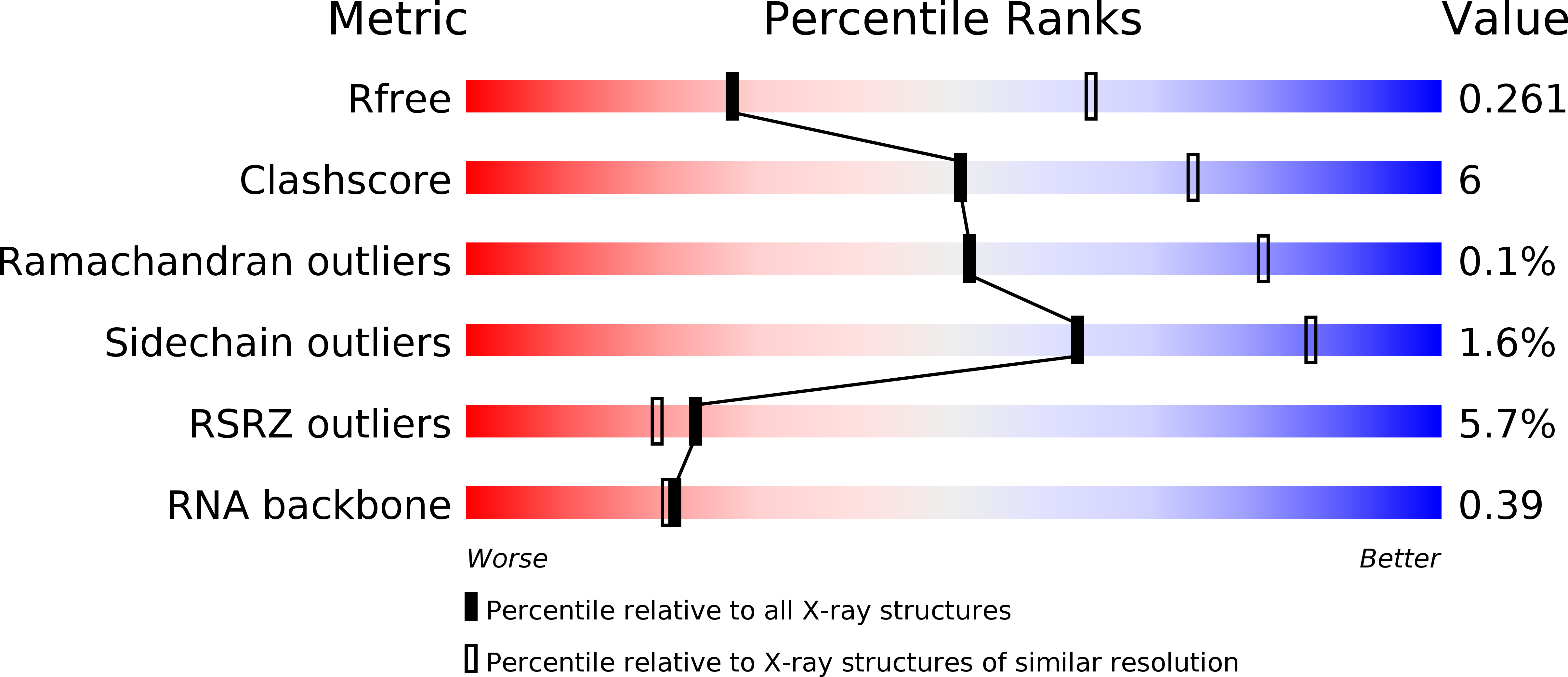
Deposition Date
2018-11-19
Release Date
2019-05-08
Last Version Date
2023-10-11
Entry Detail
PDB ID:
6N4O
Keywords:
Title:
Human Argonaute2-miR-122 bound to a seed and supplementary paired target
Biological Source:
Source Organism:
Homo sapiens (Taxon ID: 9606)
synthetic construct (Taxon ID: 32630)
synthetic construct (Taxon ID: 32630)
Host Organism:
Method Details:
Experimental Method:
Resolution:
2.90 Å
R-Value Free:
0.25
R-Value Work:
0.20
R-Value Observed:
0.20
Space Group:
P 21 21 21


